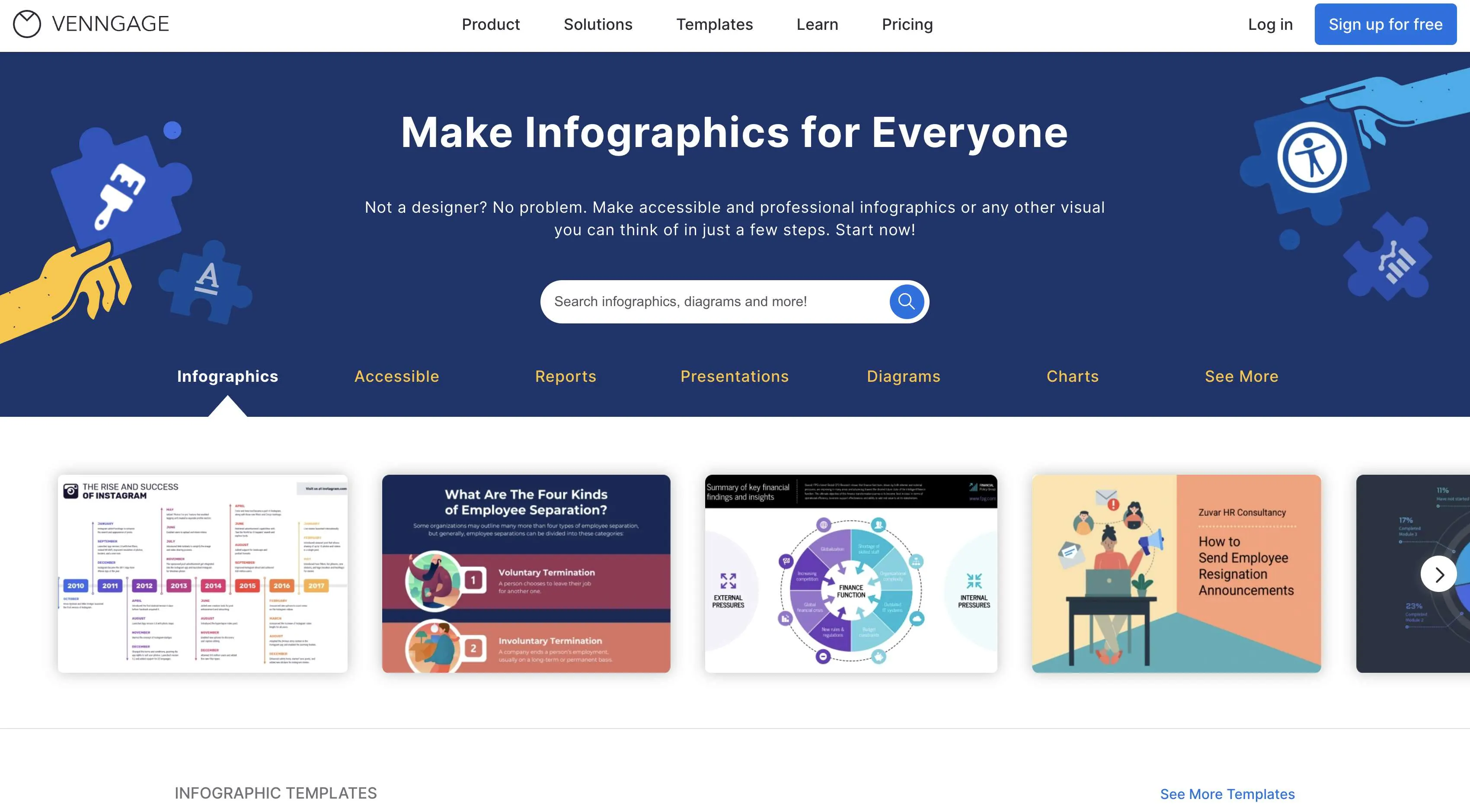Checking Out Different Kinds Of Internet Design to Boost Individual Experience
In the ever-evolving electronic landscape, the expedition of varied web design approaches is extremely important for improving user experience. From receptive structures that adapt flawlessly across devices to minimalist designs that focus on simplicity and quality, the selections made in web design can exceptionally affect use and engagement. Integrating interactive aspects more enriches the customer journey, making websites more dynamic and engaging. Nevertheless, exactly how do these strategies jointly contribute to a user-centric electronic setting that not only mesmerizes however additionally preserves customers? The solution might lie in the nuanced equilibrium between visual appeal and practical ease of access.
Responsive Internet Layout
In an era where electronic usage transcends multiple tools, responsive internet layout has come to be a cornerstone of effective individual experience. This flexibility not just boosts aesthetic allure yet also boosts access and navigation, critical for keeping individual involvement.
The implementation of RWD begins with a mobile-first technique, prioritizing the tiniest display size to ensure performance and aesthetic coherence. By using CSS media inquiries, designers can tailor the site's appearance based upon the attributes of each gadget. This makes certain that photos range correctly, text stays legible, and interactive aspects are quickly accessible, thereby lowering the requirement for excessive scrolling or resizing.
In addition, receptive design adds to enhanced search engine optimization (SEO) by offering a consistent individual experience and minimizing bounce prices. Online search engine favor mobile-friendly sites, making responsiveness an essential element of digital method. In significance, receptive website design is essential for accommodating diverse individual communications, promoting a engaging and inclusive on the internet visibility.
Minimalist Style Approaches
Minimal design's appeal lies in its ability to boil down complicated information right into its most crucial components, developing a clean and instinctive individual experience. By focusing on simpleness, minimal style gets rid of supplementary details, allowing individuals to concentrate on core content and functionality. This method is identified by enough white space, clean lines, and a restricted shade palette, all of which add to a cosmetically pleasing and efficient user interface.

In addition, minimalist layout sustains faster loading times, as fewer graphical aspects and decreased material complexity can reduce the amount of data needed to provide a page. This effectiveness not just boosts individual satisfaction however additionally adds to far better search engine optimization (SEARCH ENGINE OPTIMIZATION) positions. Consequently, minimalist design is not merely a stylistic choice however a tactical technique that can considerably impact individual interaction and conversion rates.
Interactive and Dynamic Components
Interactive and vibrant aspects are crucial in enhancing user engagement and developing remarkable web experiences. These aspects include animations, float results, sliders, and real-time updates, which not just catch customers' focus yet likewise help with smooth navigation. By including these features, developers can transform static web pages right into interesting electronic settings that encourage interaction and exploration.
Animations, for example, can lead customers via complex details without overwhelming them, while hover effects give prompt comments, improving the customer's understanding of clickable areas. Web Design Gauteng. In addition, sliders enable users to check out content at their very own rate, and real-time visit this site updates ensure that info presented is pertinent and current, maintaining the customer's rate of interest
%20%5B60%25%5D.jpg)
User-Centric Style Techniques
A foundation of reliable internet design is the application of user-centric style approaches, which prioritize the requirements and preferences of completion customer over all else. By concentrating on the user, developers can create intuitive, easily accessible, and appealing experiences that boost contentment and drive communication. User-centric design entails detailed research study to understand the target audience's obstacles, goals, and habits. This study is vital for establishing characters and situations that direct layout choices, guaranteeing the last item reverberates with users.
One fundamental method is use testing, which includes observing genuine users as they communicate with the design. This procedure identifies discomfort factors and areas for renovation, permitting developers to fine-tune the user interface iteratively. Integrating comments loopholes and dexterous methods better makes certain the style develops abreast with customer assumptions.
Moreover, accessibility is an essential part of user-centric style. Making certain that electronic systems come to all customers, consisting of those with handicaps, enhances inclusivity and widens the prospective user base. This can be attained through compliance with Internet Material Availability Standards (WCAG) and the thoughtful application of design concepts like readability, contrast, and navigation.
Eventually, effective user-centric design promotes a smooth connection in between the user and the electronic environment, elevating total individual experience.
Executing Latest Layout Trends
In the realm of internet style, staying abreast of the latest design patterns is important for developing practical and visually compelling interfaces that astound individuals. Minimalist layout, characterized by tidy lines and adequate white space, permits customers to concentrate on material without unnecessary diversions.

Furthermore, integrating the most up to date typography trends, such as variable fonts, provides versatility and flexibility throughout different tools and display sizes, guaranteeing uniformity in individual experience. Finally, dark mode styles have acquired appeal as a result of their aesthetic appeal and energy efficiency on OLED displays. By purposefully applying these patterns, web click here now developers can create ingenious and user-friendly sites that reverberate with modern target markets.
Final Thought
A thorough expedition of various internet style methods is important for enhancing individual experience. By incorporating receptive layout, minimal approaches, and interactive aspects, websites can make certain ideal use and aesthetic appeal throughout varied devices. Stressing user-centric strategies assurances availability and involvement, while incorporating the most up to date design patterns promotes a captivating on the internet setting. Inevitably, a well balanced and enlightened method to internet style considerably boosts user fulfillment and interaction, leading to improved total web site efficiency and success.
In the ever-evolving electronic landscape, the exploration of varied internet layout approaches is critical for improving customer experience.A foundation of efficient internet layout is the execution of user-centric style methods, which focus on the demands and preferences of the end individual over all else. Guaranteeing that electronic systems are accessible to all users, consisting of those with disabilities, improves inclusivity and widens the potential customer base.In the world of web style, remaining abreast of the most current style patterns is important for creating visually engaging and useful user interfaces that astound customers (Web Design Gauteng).A comprehensive exploration of different internet layout techniques is necessary for improving customer experience
 Emilio Estevez Then & Now!
Emilio Estevez Then & Now! Spencer Elden Then & Now!
Spencer Elden Then & Now! Seth Green Then & Now!
Seth Green Then & Now! Elisabeth Shue Then & Now!
Elisabeth Shue Then & Now! Rossy de Palma Then & Now!
Rossy de Palma Then & Now!